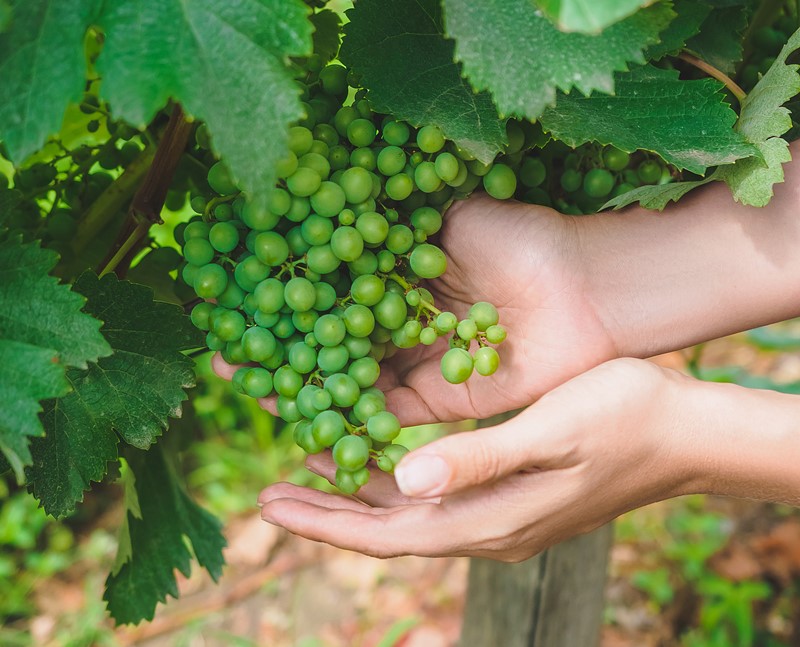How sugar formation in grapes defines wine
Photosynthesis and biochemical journey of sugars in winemaking

The maturation of grapes and the formation of sugars within the vines are fundamental processes that significantly influence the quality and characteristics of wine. The sweetness of grapes, essential for wine and juice production, is the result of a complex series of biochemical processes that begin with photosynthesis and continue through the Calvin cycle, culminating in the migration and accumulation of sugars in the fruit.
Photosynthesis, the chlorophyll-based process, is the primary method through which sugars are formed in vines. This process requires sunlight, carbon dioxide from the air, and water, transforming these ingredients into glucose and oxygen. The Calvin cycle then takes over, utilizing enzymes to convert the initial products of photosynthesis into sugars. D-ribulose, a pentose sugar, plays a pivotal role in this cycle, along with other compounds such as glyceric acid and phosphoglyceric acid, to produce various sugars essential for the vine's growth and fruit development.
As the grapes mature, sugars synthesized in the leaves are transported to the berries. This migration is not only crucial for the fruit's development but also serves as a defense mechanism against freezing temperatures, with sugars acting as a natural antifreeze to protect the seeds inside the grape. During the veraison stage, a rapid accumulation of sugars occurs, indicating the transition from grape growth to ripening. This phase is marked by a significant shift in the storage and production of sugars within the vine, moving from stored starches in the woody parts of the vine to daily contributions from leaf photosynthesis.
The maturation process is closely monitored through the changing ratio of glucose to fructose in the grapes. Initially dominated by glucose, the sugar content gradually balances out, with fructose levels slightly surpassing those of glucose by the time of harvest. This balance is crucial for the fermentation process, where yeasts convert these sugars into alcohol, defining the wine's sweetness and alcohol content.
Researchers have delved into the biochemical mechanisms behind the penetration and accumulation of sugars in grape cells. Sucrose, produced during photosynthesis, is broken down by invertase enzymes at the cell membrane into glucose and fructose. These sugars are then phosphorylated and transformed back into sucrose phosphate, which is transported into the cell vacuoles where it is again hydrolyzed into glucose and fructose.
Factors such as vineyard characteristics, annual climatic conditions, and cultivation techniques can influence the kinetics of sugar accumulation in grapes. Even within a single vineyard, variations in ripeness can occur among vines, clusters on the same plant, and even within individual berries in a cluster.
Understanding the intricate details of sugar formation and accumulation in grapes is crucial for wine production. These processes not only determine the fruit's ripeness and suitability for wine making but also influence the organoleptic properties of the final product. The art and science of viticulture and oenology are deeply rooted in the knowledge of these natural processes, guiding winemakers in their quest to produce wines that reflect the unique characteristics of their terroir and the vintage's climatic conditions.
Founded in 2007, Vinetur® is a registered trademark of VGSC S.L. with a long history in the wine industry.
VGSC, S.L. with VAT number B70255591 is a spanish company legally registered in the Commercial Register of the city of Santiago de Compostela, with registration number: Bulletin 181, Reference 356049 in Volume 13, Page 107, Section 6, Sheet 45028, Entry 2.
Email: [email protected]
Headquarters and offices located in Vilagarcia de Arousa, Spain.